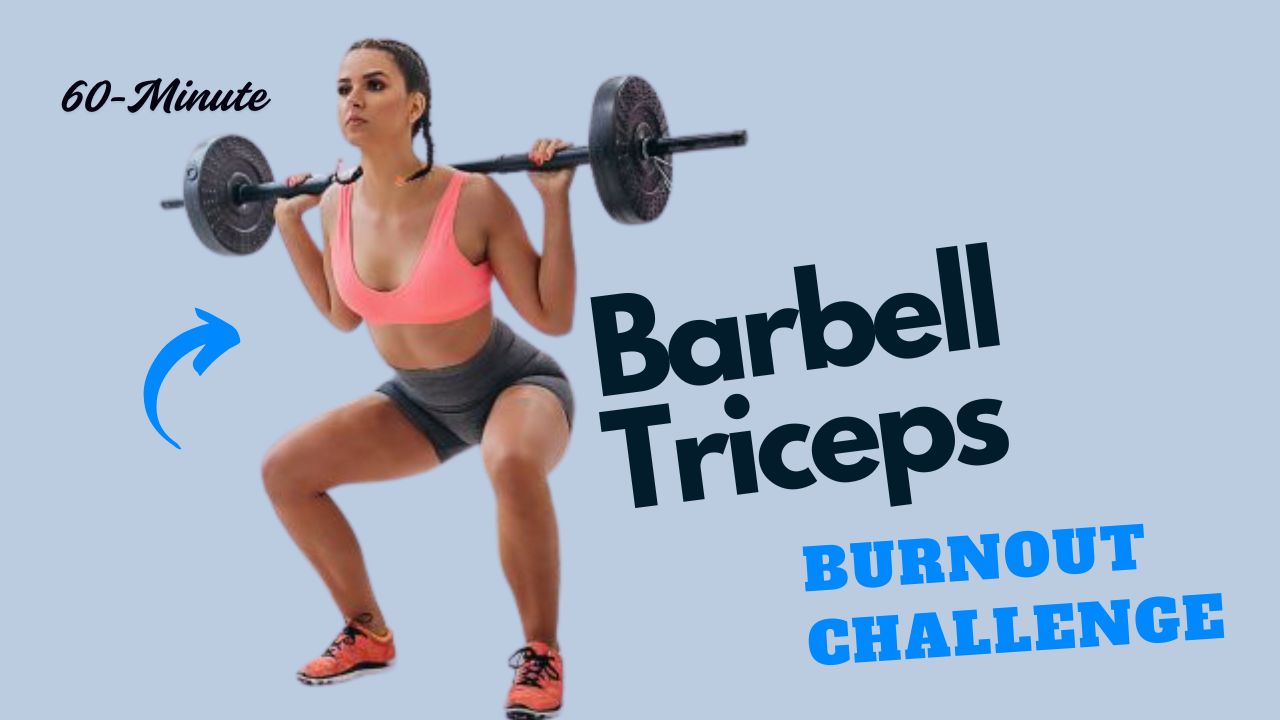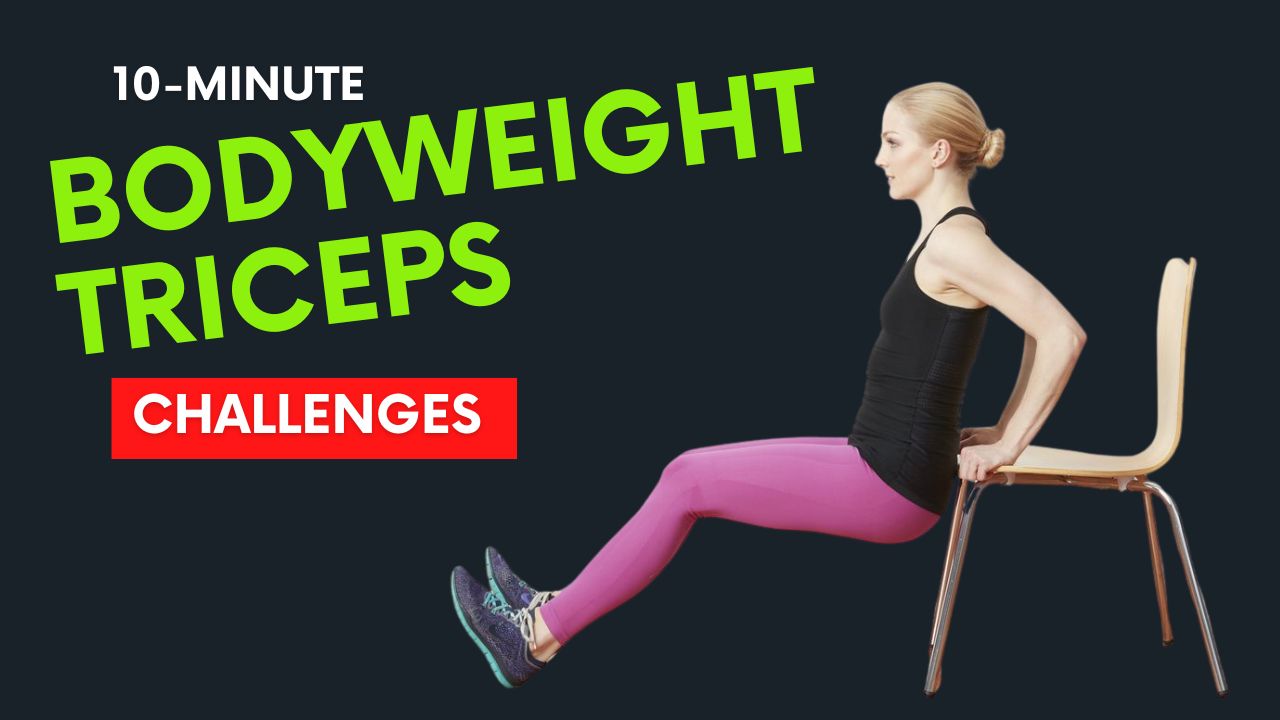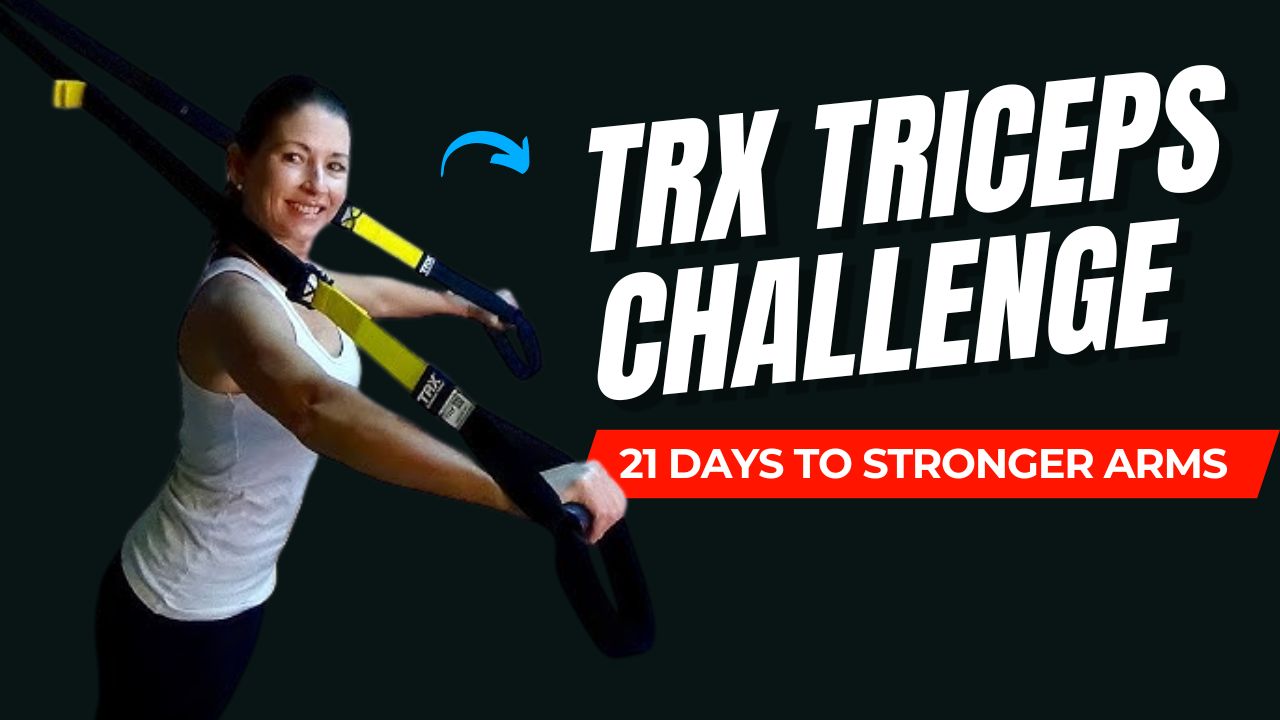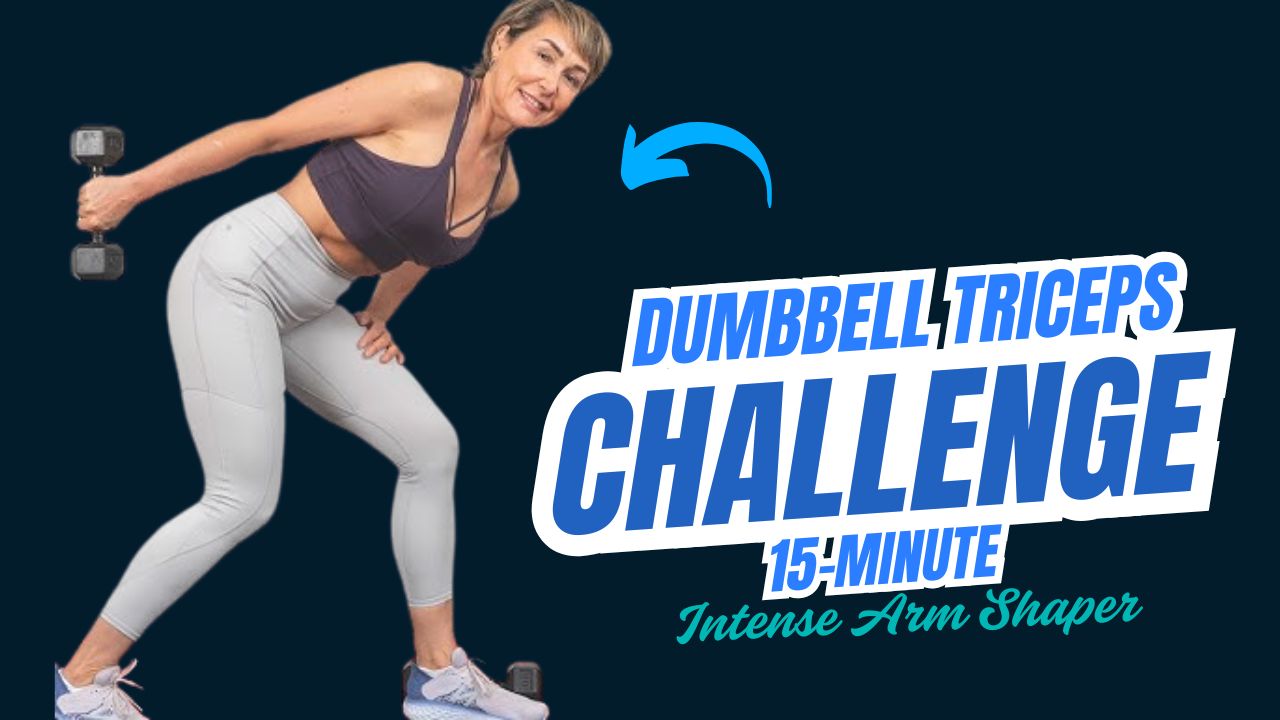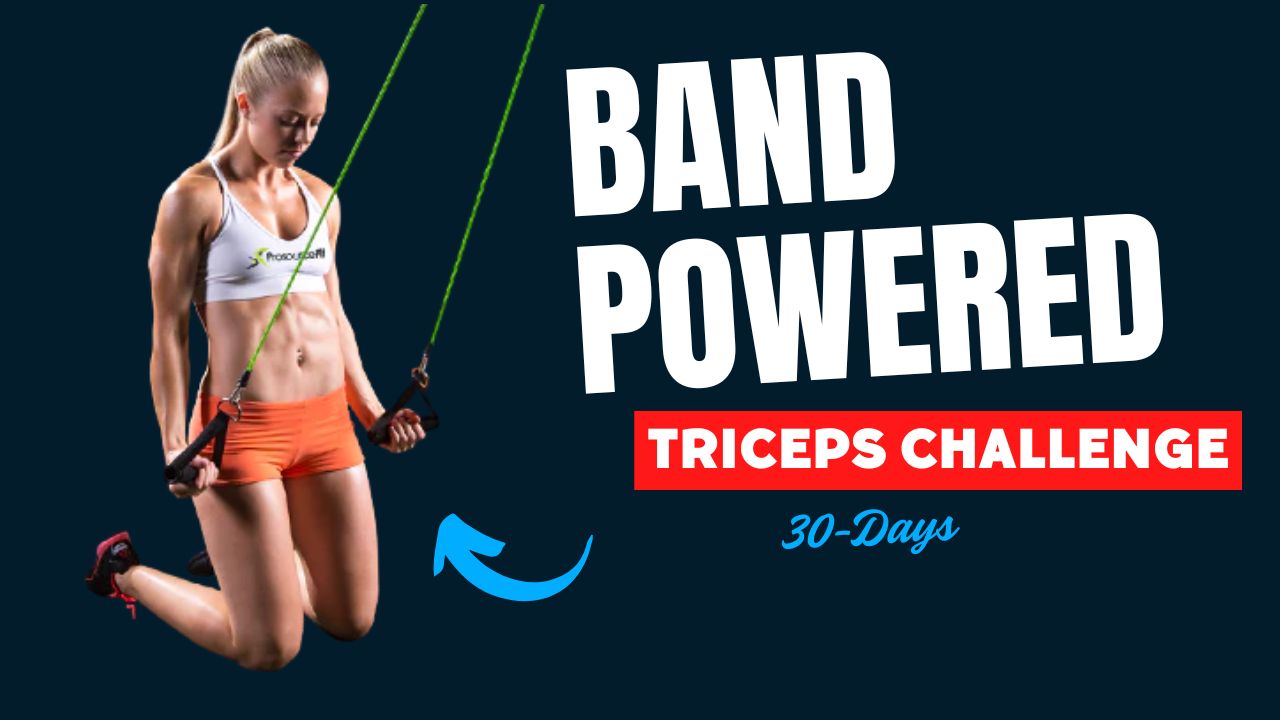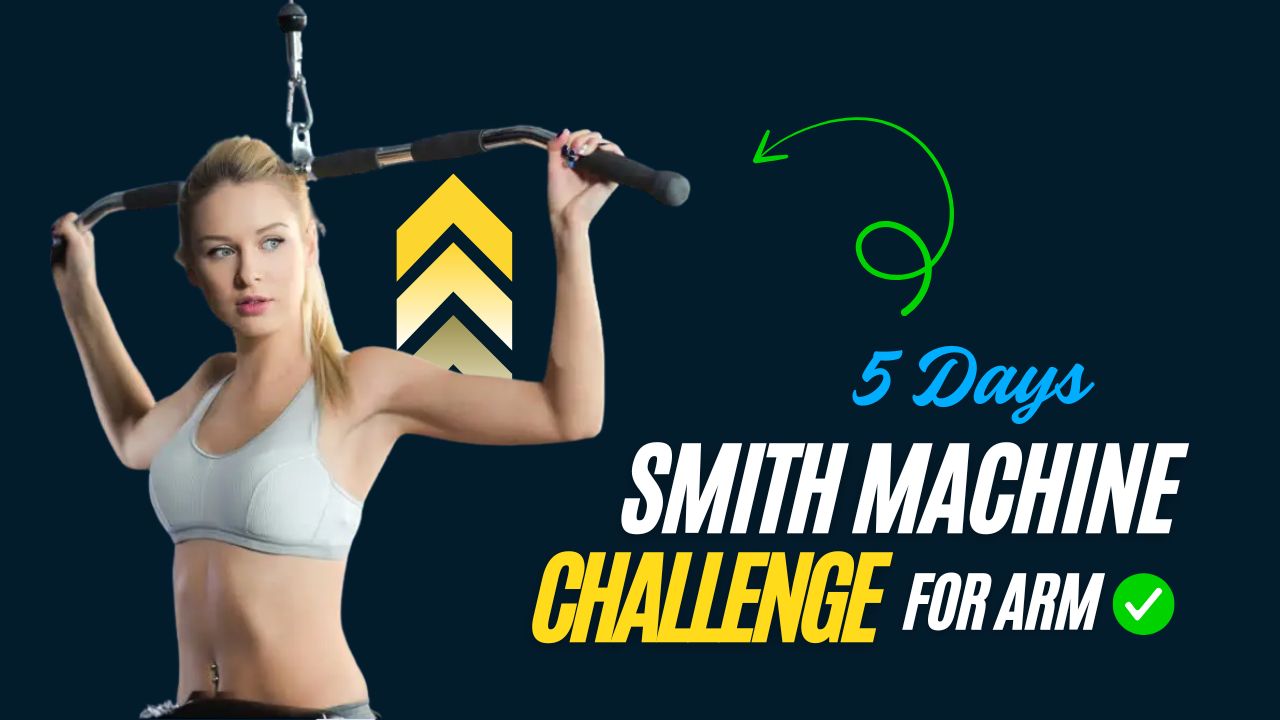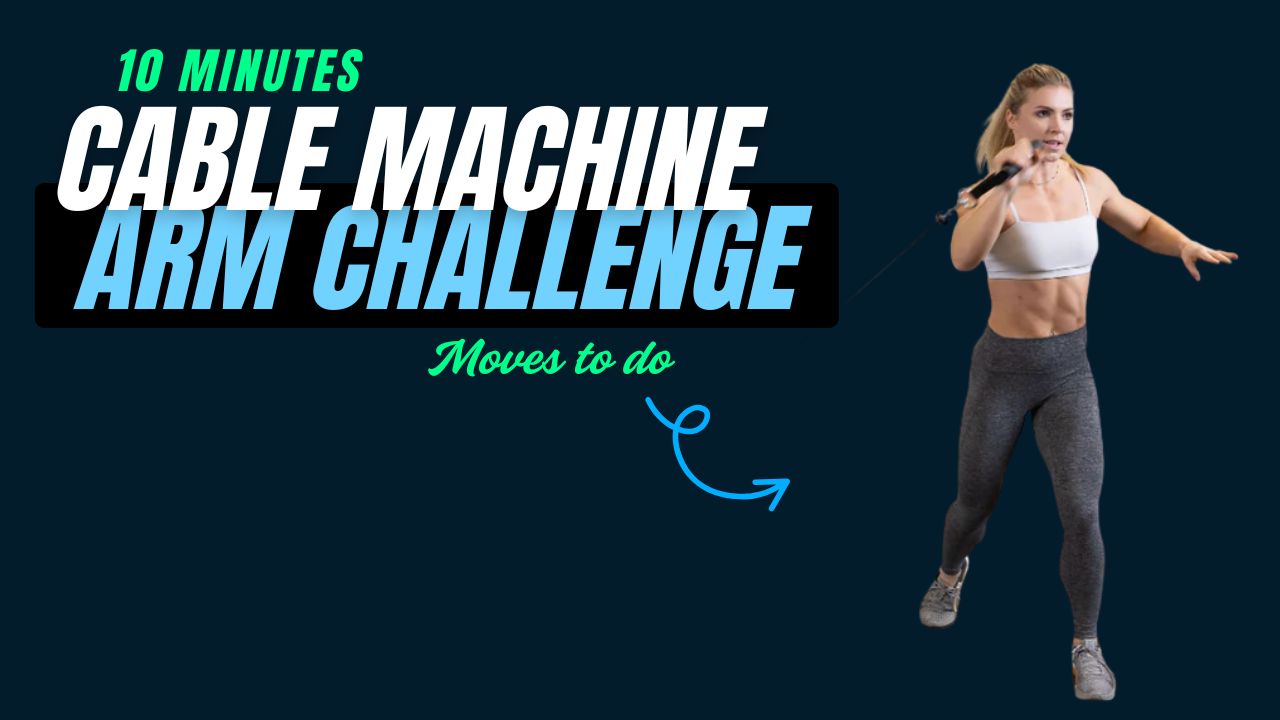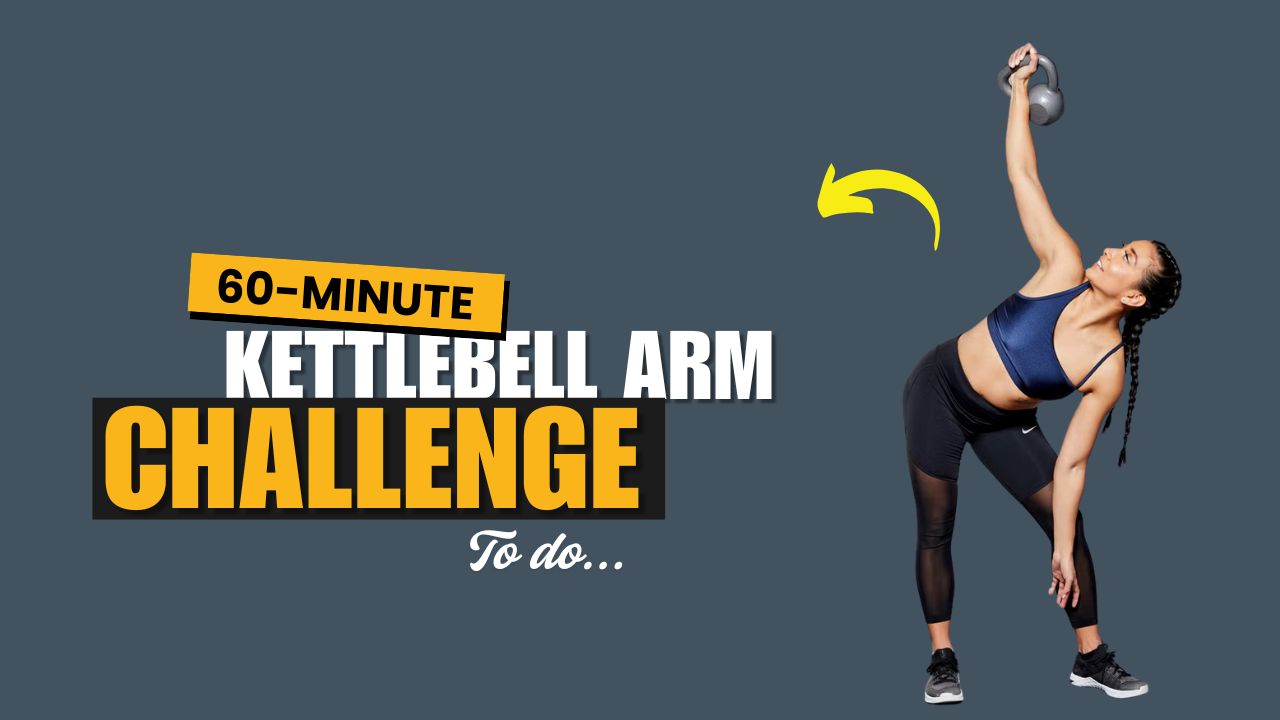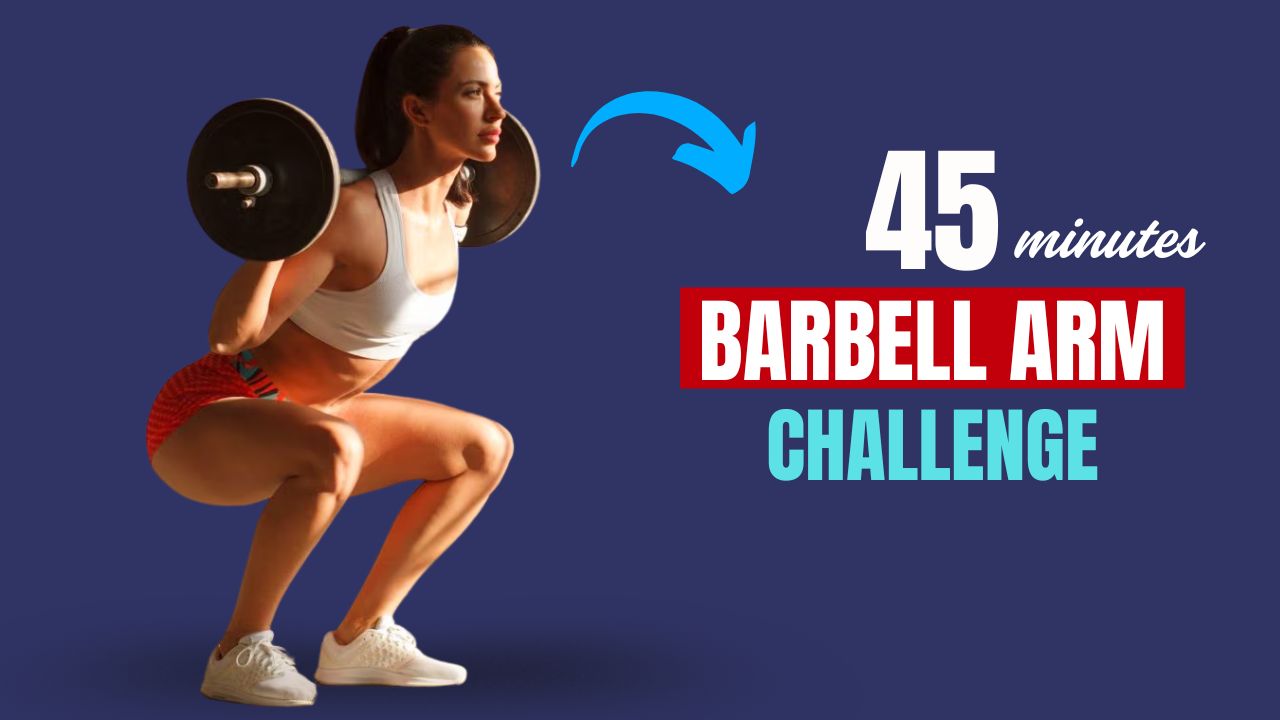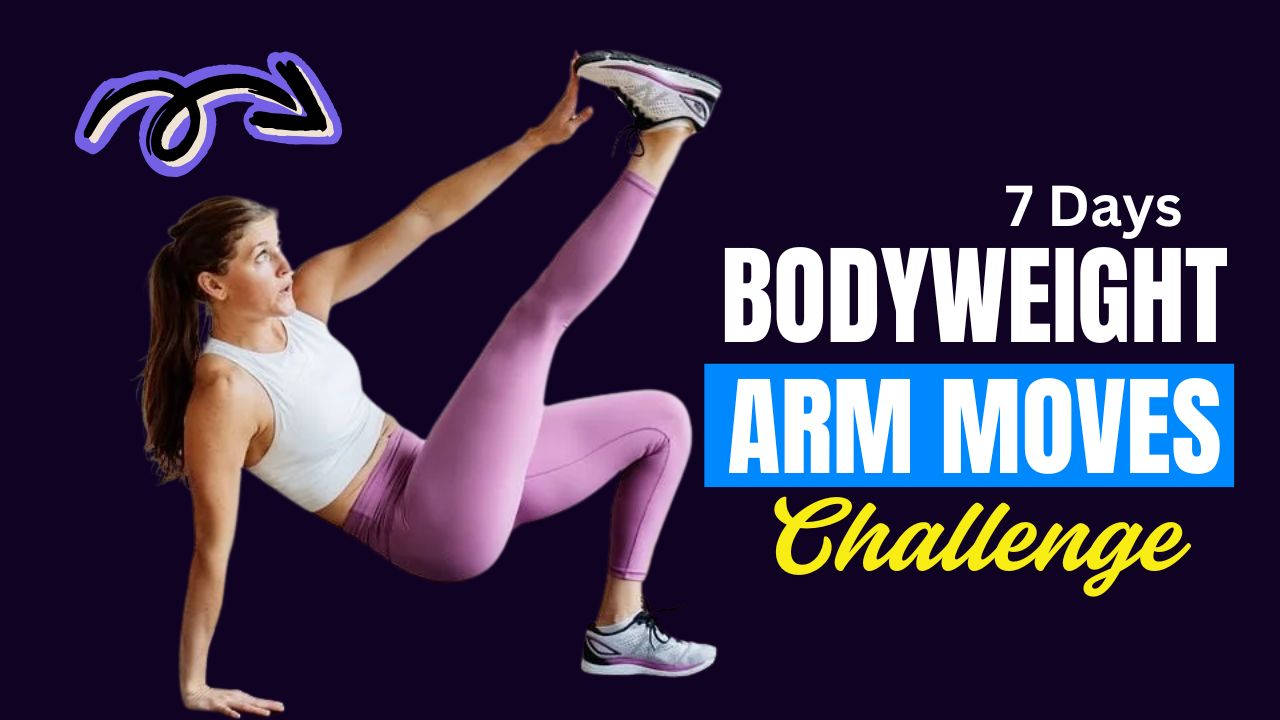Ever wondered how to sculpt stronger, leaner thighs without the clunky gym machines? TRX suspension training offers a game-changing way to target your quads with just a set of straps and your body weight.
Whether you’re a beginner or an athlete, these 10 TRX quad exercises will ignite your lower body strength, boost stability, and help bulletproof your knees — all while adding a fun, challenging twist to your leg days.
Did you know? Studies show that suspension training activates more stabilizing muscles than traditional weight training, helping you burn more calories and improve balance!
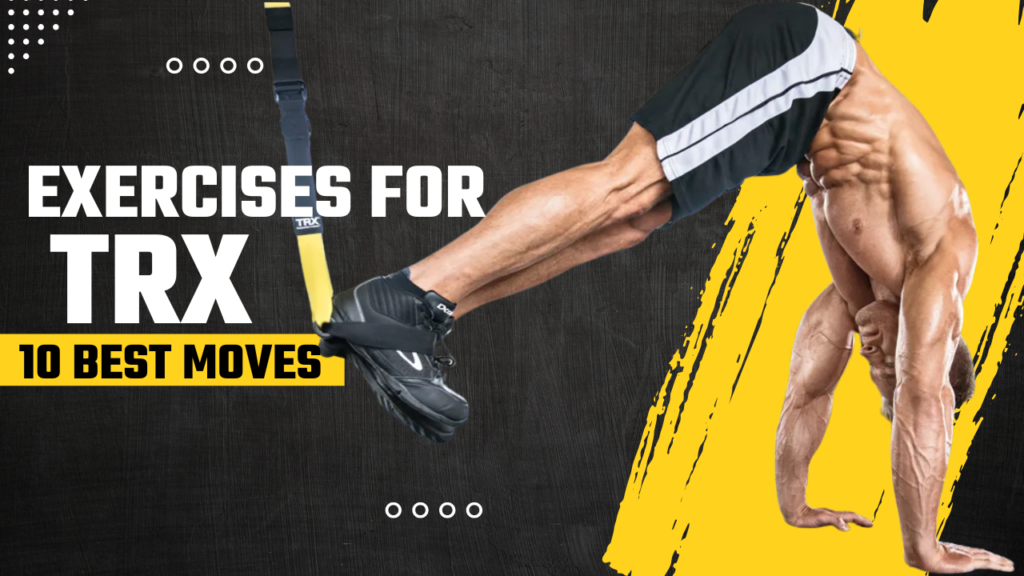
Table of Contents
What Can Happen After 30 Days of TRX Quad Exercises
| Positive Changes | Possible Challenges |
|---|---|
| Noticeably stronger and firmer quads. | Muscle soreness, especially in the first weeks. |
| Improved balance and stability. | Possible plateau if you don’t increase difficulty. |
| Better joint support and knee stability. | Risk of strain if proper form isn’t maintained. |
| Increased endurance during daily activities. | Fatigue if recovery time isn’t adequate. |
| Enhanced core engagement and posture. | Overtraining if combined with intense leg workouts. |
| Greater confidence in lower-body strength. | Potential for boredom without adding variety. |
TRX Quad Exercises: Do & Don’t
| Do | Don’t |
|---|---|
| Warm up your muscles before starting. | Skip your warm-up and jump straight in. |
| Keep your core tight for stability. | Let your lower back arch excessively. |
| Use controlled, steady movements. | Rush through reps with poor form. |
| Adjust foot positioning to control difficulty. | Overextend or lean too far, losing balance. |
| Keep knees tracking over toes. | Let knees cave inward or twist. |
| Use the straps for support, not to pull yourself up. | Yank on the straps for momentum. |
| Maintain even weight distribution on your feet. | Shift weight entirely to toes or heels. |
| Focus on proper form over speed. | Prioritize quantity of reps over technique. |
| Progress gradually by increasing time or reps. | Add difficulty too quickly, risking injury. |
| Cool down and stretch after your workout. | Skip your cool-down and end abruptly. |
10 Best TRX Quad Exercises
1. TRX Squat
How to do it:
- Stand facing the anchor point with feet shoulder-width apart.
- Hold the TRX handles at chest level with elbows bent.
- Lower into a deep squat, keeping chest lifted and knees tracking over toes.
- Drive through your heels to stand back up.
Benefits: Builds quad strength, reinforces proper squat form, and minimizes joint stress.
2. TRX Bulgarian Split Squat
How to do it:
- Stand facing away from the anchor point.
- Place one foot in the TRX strap behind you.
- Lower your back knee toward the floor into a lunge, keeping your front knee over your ankle.
- Press through your front heel to return to standing.
Benefits: Targets quads unilaterally, improves balance and corrects muscle imbalances.
3. TRX Pistol Squat
How to do it:
- Stand facing the anchor point, holding TRX handles.
- Extend one leg straight in front of you.
- Lower your hips back and down on the standing leg, aiming to keep the raised leg parallel to the floor.
- Push through your heel to stand up.
Benefits: Intense quad isolation, enhances unilateral strength, and challenges core stability.
Myth Buster: Many believe pistol squats are only for gymnasts or advanced athletes, but using TRX can make this move accessible for beginners, too!
4. TRX Reverse Lunge
How to do it:
- Stand facing the anchor point with TRX handles in hand.
- Step one foot back into a lunge while lowering your hips.
- Keep your front knee tracking over your ankle.
- Return to standing by pressing through your front heel.
Benefits: Engages quads, glutes, and core while enhancing hip flexibility.
5. TRX Curtsy Lunge
How to do it:
- Stand facing the anchor point, feet hip-width apart.
- Step one leg diagonally behind you into a curtsy position.
- Lower your hips until your front thigh is parallel to the floor.
- Return to standing.
Benefits: Hits quads from a different angle, strengthens hip abductors, and improves knee stability.
6. TRX Step-Up
How to do it:
- Stand facing the anchor point with one foot on a stable bench or box.
- Hold TRX handles for support.
- Drive through the elevated foot to step up.
- Lower back down with control.
Benefits: Activates quads and glutes, enhances coordination, and boosts single-leg strength.
7. TRX Wall Sit
How to do it:
- Lean back with your back against a wall, holding TRX straps for support.
- Slide down until your thighs are parallel to the floor.
- Hold the position for 30–60 seconds.
Benefits: Builds isometric quad endurance, reinforces knee stability, and strengthens mental grit.
8. TRX Front Squat
How to do it:
- Face away from the anchor point with straps over your shoulders.
- Walk your feet back into a plank-like position.
- Bend your knees and hips to lower your body, keeping your core tight.
- Extend legs to return to start.
Benefits: Adds an upper-body challenge while intensely firing up your quads.
9. TRX Lateral Lunge
How to do it:
- Stand facing the anchor point, feet wider than hip-width.
- Shift your weight to one leg, bending the knee as you push your hips back.
- Keep the other leg straight.
- Return to the center and switch sides.
Benefits: Strengthens quads, improves lateral movement, and enhances hip mobility.
Interesting Fact: Incorporating lateral moves like this can significantly reduce injury risk for runners and athletes who perform quick directional changes.
10. TRX Single-Leg Squat to Row
How to do it:
- Stand facing the anchor point, holding handles.
- Extend one leg forward, lower into a single-leg squat.
- As you stand, perform a row by pulling your elbows back.
- Repeat, then switch legs.
Benefits: Blends quad power with upper-body strength, improves coordination, and boosts calorie burn.
Conclusion
Training your quads with TRX isn’t just about aesthetics — it’s about building functional strength, enhancing joint health, and moving better in daily life.
By adding these 10 TRX quad exercises to your routine, you’ll unlock powerful legs that are strong, stable, and ready for anything.
Quick Tip: Pair these exercises with a solid warm-up and cool-down for the best results, and adjust the difficulty by changing your foot positioning relative to the anchor point.
Frequently Asked Questions (FAQs)
Are TRX exercises good for beginners?
Yes! TRX exercises are fantastic for beginners because you can easily adjust the difficulty by changing your body angle. The straps provide stability and support, making it easier to learn proper form compared to free weights.
How often should I do TRX quad exercises?
Aim for 2–3 times per week if your goal is to build quad strength and muscle endurance. Give your legs at least 48 hours of rest between sessions to recover and grow stronger.
Can TRX training replace traditional leg workouts?
For many people, yes — TRX can provide an effective lower-body workout that challenges your quads, glutes, and core. But if your goals include maximum muscle size (hypertrophy), combining TRX with weighted squats or leg presses may give you better results.
Is TRX safe for people with knee pain?
TRX can actually be gentler on your joints because you can use the straps for support and reduce pressure on your knees. However, if you have chronic knee issues or injuries, consult a physical therapist or doctor before starting a new exercise routine.
How can I make TRX quad exercises harder?
To increase difficulty, slow down the tempo, add a pause at the bottom of each rep, move your feet closer to the anchor point, or add a weighted vest for more resistance.
What muscles do TRX quad exercises work besides the quads?
Besides your quadriceps, these exercises often engage your glutes, hamstrings, calves, hip stabilizers, and core muscles — giving you a full lower-body and stability workout.
Do I need any special equipment other than the TRX straps?
Not really — a sturdy anchor point and TRX straps are all you need for most exercises. However, a mat for comfort, a step/box for step-ups, or a wall for wall sits can add variety.
